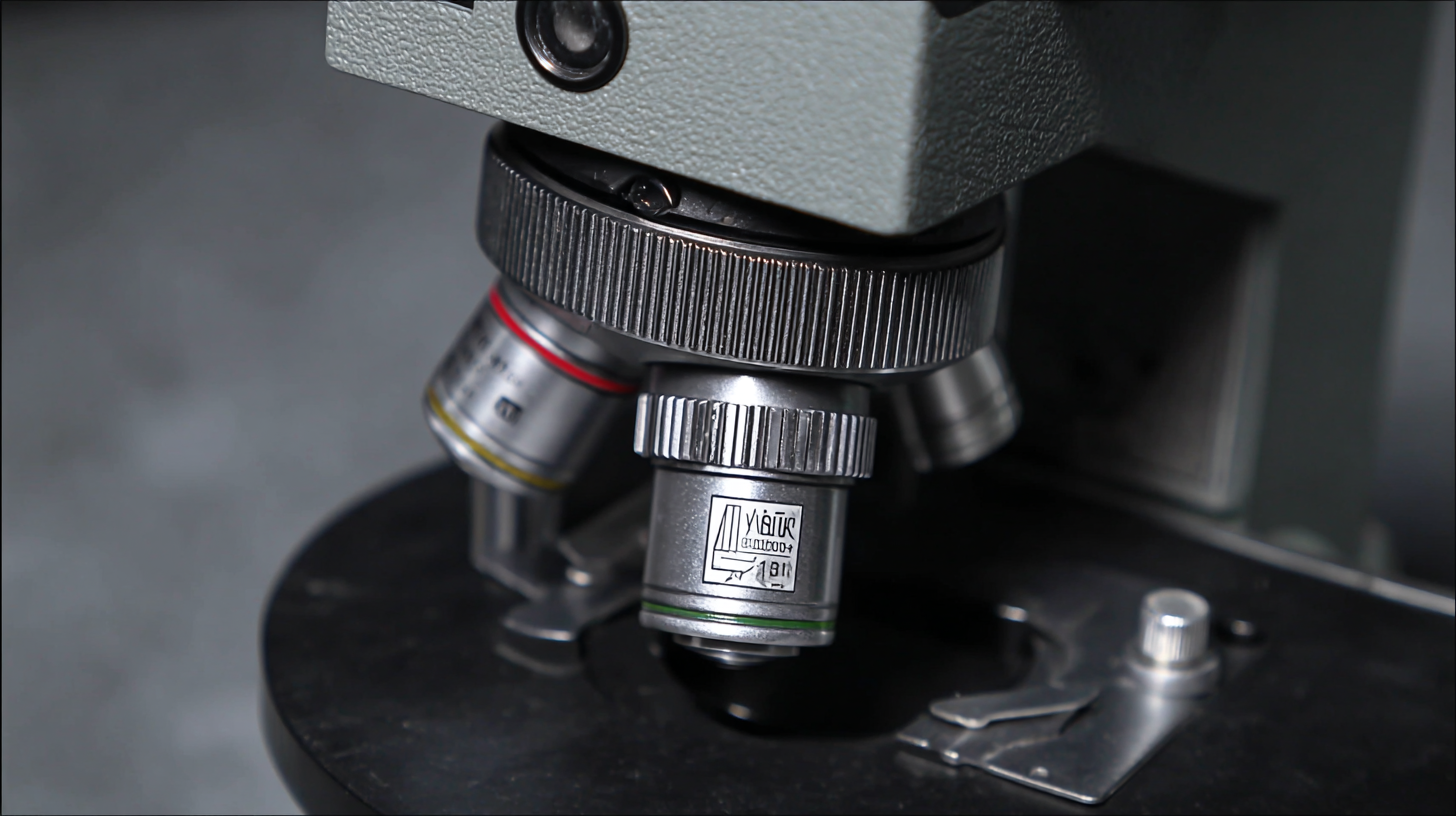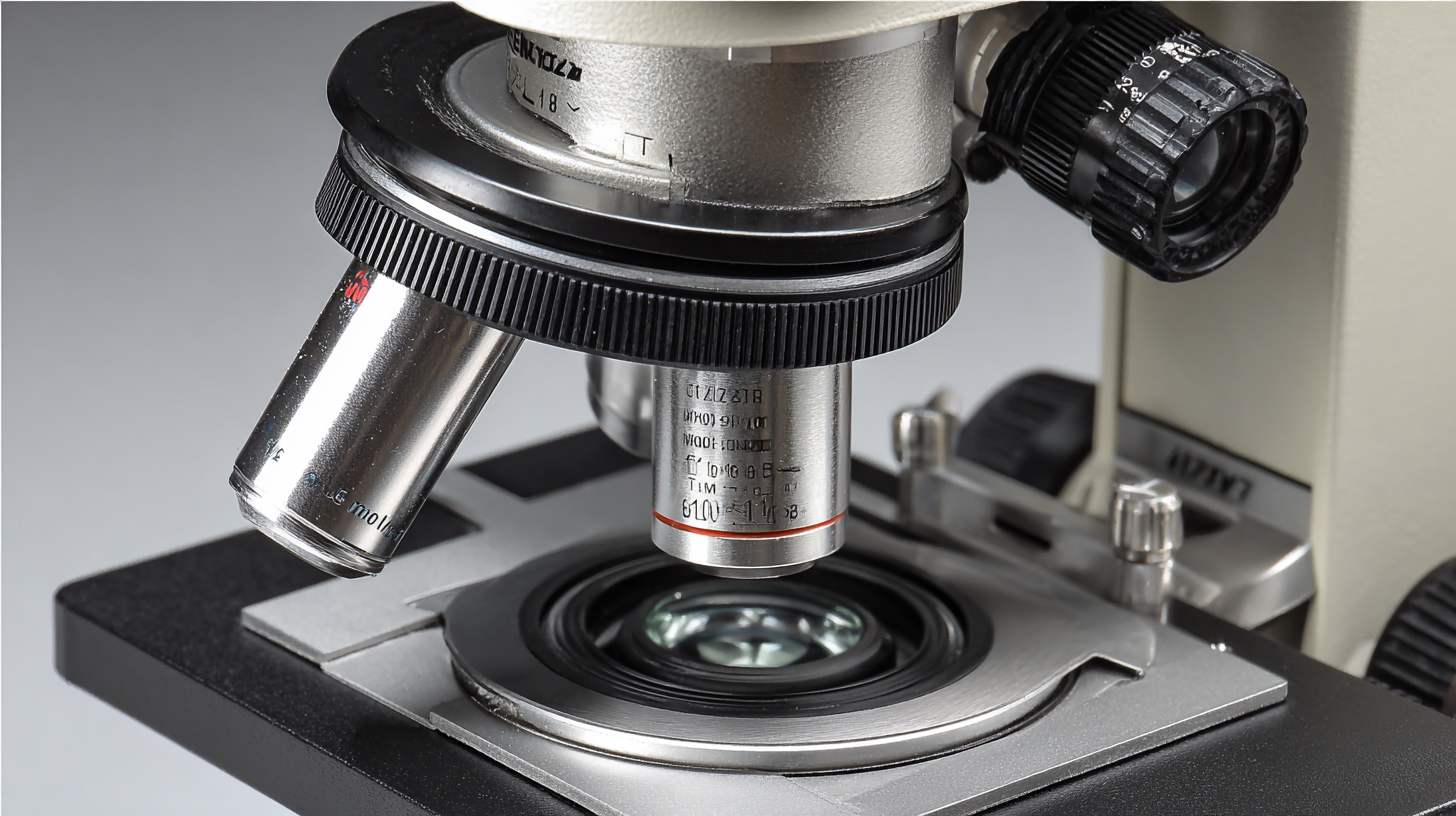- Home Page
- Company Profile
-
Our Products
- Microscope
- CONFOCAL MICROSCOPES
- Trinocular Upright Metallurgical Microscope
- Portable Grooved Metallurgical Microscope
- Cell Culture Imaging System
- Metallurgical Microscope
- Projection Microscope
- Student Stereo Microscope
- BINOCULAR STEREO ZOOM MICROSCOPE
- PCB Inspection Video Stereoscope Microscope
- SPINNERET MICROSCOPE
- Penta Head Microscope/ Multi view Head Microscope
- Research Polarising Microscope
- Senior Dissecting Microscope
- Dissecting Microscope
- Motorized Comparision Microscope
- Sieves Digital Microscopes
- Advance Inverted Tissue Culture Microscope
- Advance Stereo Zoom Microscope
- Student Projection Microscope
- Inverted Metallurgical Microscope
- Measuring Microscope
- Digital Spinneret Inspection Microscope
- Portable Inverted Tissue Culture Microscope
- Binocular Inverted Tissue Culture Microscope
- Student Compound Microscope
- Trinocular Stereozoom Microscope
- Advanced Research Microscope
- Gemological Microscope
- Polarizing Projection Microscope
- Senior Inspection Spinneretscope
- Confocal Microscope
- Senior Projection Microscope
- Toolmaker's Microscope
- Research Microscope
- Stereo Inspection Microscope
- Student Medical Microscope
- Digital Biological Microscope RXLr-4D
- Toolmaker Microscope Large
- Stereo Inspection Scope
- Trinocular Research Microscope
- Portable Metallurgical Microscope
- Binocular Research Microscope
- Student School Microscope
- Inverted Tissue Culture Microscope
- Projection Microscope
- Laboratory Microscope
- Decca Head Microscope
- Advanced Research Material Microscope
- Microtomes
- Semi Automatic Rotary Microtome
- Senior Precision Rotary Microtome
- Rocking Microtome
- Rotary Microtome Erma Type
- Freezing Microtome
- Fully Automatic Rotary Microtome
- Manual Rotary Microtome RMT-25
- Advance Rotary Microtome
- Hand Table Microtome
- Knife Sharpener Microtome
- Sliding Miocrotome
- Slide Staining Machine
- Rotary Microtome
- CRYOSTAT MICROTOME
- Optical Instruments
- Tissue Processor Machine
- Microscope Accessories
- Histopathological Equipment
- Lab Instrument
- Radical Digital Turbidity Meter
- Radical Microprocessor Dissolved Oxygen Meter
- Digital Photo Colorimeter
- Tap Density Tester
- Serological Water Bath
- Magnetic Stirrer
- Dual Channel Flame Photometer
- pH or mv or Conductivity
- Round Centrifuge
- Radical Disintegration Test Apparatus
- Digital Slide Scanner
- Precision Water Bath
- Incubator Shaker Water Bath
- Hemoglobin meter
- Microprocessor Colony Counter
- PASS BOX DYNAMIC
- Radical Microprocessor Colony Counter
- Bulk Density Apparatus
- Laboratory Rectangular Hot Plates
- Tablet Dissolution Test Apparatus
- Hemoglobin Meter (Sahli's)
- Micro Centrifuge 16000 R.P.M.
- Revolutionary General Purpose Digital Centrifuge
- Vortex Shaker
- Rectangular Water Bath
- Heating Mantel
- Digital Spectrophotometer
- Haematocrit Centrifuge
- Water Distillation with Metal Heater
- Hand Specimen Leveler Press
- GROSSING TABLE
- COOLING PLATE
- MICROPROCESSOR PH METER
- DIGITAL FLAME PHOTOMETER
- pH/mV/TEMPERATURE TESTER
- DIGITAL PH, CONDUCTIVITY & TEMPERATURE METER
- Radical Auto Karl Fischer Titrimeter
- Stereo Zoom Microscope
- Jewellery Making Microscope
- Binocular Stereo Microscope
- Advanced Stereo Zoom Microscope
- Articulated Trinocular Stereo Zoom Microscope
- Digital 3D Inspection Microscope
- Binocular Stereo Microscopes
- Motorized Stereo Microscopes
- Trinocular Microscope
- Stereo Inspection Microscope
- Stereo Microscope
- Digital 3D Inspection Microscope RSZ-3D
- Stereo Zoom Microscope RSM-8
- Polarising Microscopes
- Lab Consumables
- Profile Projector
- Optical Profile Projector
- Vertical Profile Projector
- Profile Projector RPP-500
- Profile Projector
- PROFILE PROJECTOR
- Universal Profile Projector
- Bench Type Profile Projector
- Charpy Profile Projector
- High Sharpness Profile Projector
- Profile Projector
- Horizontal Profile Projector
- Digital Profile Projector
- Radical Profile Projector
- Coaxial Profile Projector
- Anotomy Model
- Metallurgical Microscope
- Microscope
- Contact Us

Finding the Right Supplier: A Guide to Sourcing the Best Stereo Zoom Microscopes Globally
As industries continue to seek precision and clarity in their research and development processes, the demand for high-quality Stereo Zoom Microscopes has surged significantly. According to a recent market analysis, the global microscope market is expected to reach $4.47 billion by 2025, with stereo microscopes accounting for a substantial portion of this growth due to their versatility in various applications, including biomedical, materials science, and education. The ability to observe specimens in three dimensions with enhanced depth perception has become invaluable, leading many organizations to prioritize the selection of reliable suppliers.

This guide aims to equip you with practical insights and strategies for sourcing the best Stereo Zoom Microscopes globally, ensuring you make informed decisions that meet both your technical and budgetary requirements.
Table of Contents
[Hide]
Understanding After-Sales Service Advantages in Stereo Zoom Microscopes
When sourcing stereo zoom microscopes, understanding the advantages of after-sales service can significantly impact your purchasing decision. Reliable support from suppliers not only enhances your operational efficiency but also ensures the longevity of your equipment. A strong after-sales service guarantees that your microscope remains in optimal condition, allowing for seamless adjustments and timely repairs. This proactive maintenance can save organizations both time and money, preventing potential downtimes that disrupt research and production processes.
Moreover, a supplier that prioritizes after-sales service demonstrates a commitment to customer satisfaction. These suppliers often provide comprehensive training, troubleshooting support, and easy access to replacement parts, fostering a productive partnership. This can be particularly important in specialized fields such as medical research or quality control in manufacturing, where precision and reliability are paramount. As you evaluate potential suppliers, consider their after-sales offerings as a crucial factor in ensuring that you not only have the right tools but also the right support to maximize their utility in your projects.
Analyzing Repair Costs: Key Factors Impacting Stereo Zoom Microscope Maintenance
When considering the maintenance of stereo zoom microscopes, understanding the key factors that influence repair costs is essential for laboratory managers and procurement specialists. A recent industry report by Research and Markets indicates that the global market for microscope maintenance services is projected to grow at a CAGR of 5.3% through 2025. This growth is driven by the increasing demand for high-precision imaging technologies across various sectors, including life sciences, materials science, and electronics.
The primary factors impacting repair costs include the age of the microscope, the frequency of use, and the type of applications it is employed for. For instance, microscopes that are used continuously in high-volume environments tend to experience more wear and tear, leading to higher maintenance costs. Additionally, specific components such as optical elements and focusing mechanisms are prone to damage, which can significantly drive up repair expenses. According to a survey conducted by the Microscopy Society of America, approximately 40% of respondents reported that unplanned maintenance costs exceeded their initial budget by 20% or more. Investing in a reputable supplier with access to quality parts and specialized technicians is therefore crucial for managing these costs effectively.

Comparative Evaluation of Global Suppliers: Quality and Support in the Microscope Market
When sourcing stereo zoom microscopes, it’s essential to conduct a comparative evaluation of global suppliers to ensure quality and reliable support. Different suppliers may offer various features, technologies, and price points, but it’s the consistency of quality and after-sales assistance that often makes the difference. Customers should assess the durability and precision of microscopes from different manufacturers, as well as the availability of replacement parts and technical support.

Additionally, evaluating suppliers’ customer service policies can provide insights into their commitment to client satisfaction. A supplier that offers comprehensive training, responsive customer service, and clear warranty policies can significantly enhance the user experience. Furthermore, examining customer reviews and case studies can give potential buyers a clearer picture of how products perform in real-world applications, highlighting not only the technical specifications but also the level of support provided by the supplier. Engaging in this process will help in making informed decisions that meet specific research or educational needs while fostering long-term relationships with trustworthy suppliers.
Assessing Supplier Reliability: Data on Warranty and Repair Times for Microscopes
When sourcing stereo zoom microscopes, assessing supplier reliability is crucial to ensuring ongoing performance and support. One of the pivotal factors in this assessment is the warranty and repair time data provided by manufacturers. A comprehensive warranty not only protects your investment but also serves as an indicator of the supplier's confidence in their product quality.
Look for suppliers that offer extended warranties, as this often reflects a commitment to customer satisfaction and product durability.
In addition to warranty details, analyzing repair times can provide insights into a supplier's responsiveness and efficiency. A supplier that guarantees quick turnaround on repairs and parts replacement demonstrates their dedication to minimizing downtime for their customers.
Seek out reviews and testimonials regarding the customer service experience, especially concerning repair processes. By gathering data on these aspects, you can make an informed decision about which supplier will best meet your needs while ensuring reliable performance of the stereo zoom microscopes in your applications.
Essential Features to Look for When Sourcing Stereo Zoom Microscopes Globally
When sourcing stereo zoom microscopes, it's crucial to evaluate specific features that can greatly impact performance and usability. First and foremost, consider the magnification range. A good stereo zoom microscope should provide a smooth transition between varying levels of magnification, allowing for detailed examination of specimens. Look for models that offer at least a 6:1 zoom ratio; this will enable users to closely inspect fine details without losing the entire context of the sample.
Another essential feature to examine is the optical quality. High-quality lenses can significantly enhance image clarity and color accuracy, which are vital for precise analysis. Additionally, consider the working distance, which is the distance between the lens and the specimen. A greater working distance offers more flexibility when manipulating samples and prevents potential damage to delicate specimens. Lastly, evaluate the lighting options that accompany the microscope. LED illumination is popular for providing uniform lighting across various types of specimens, ensuring optimal visibility in all working conditions. By focusing on these critical features, you can effectively pinpoint the best stereo zoom microscope that meets your specific needs.
Comparative Analysis of Essential Features in Stereo Zoom Microscopes
Contact Us
- 9th Milestome, Ambala-Jagadhri Road, P.O.- Khudda Kalan, NH-444A,Ambala Cantt - 133104, Haryana, India
- Phone : 08045479132
- Mrs POONAM BHANDARI (Incharge - Mktg & Sales )
- Mobile : 08045479132
- Send Inquiry
GST : 06AACCR8985N1ZI
Our Products
RADICAL SCIENTIFIC EQUIPMENTS PVT. LTD.
All Rights Reserved.(Terms of Use)
Developed and Managed by Infocom Network Private Limited.
Developed and Managed by Infocom Network Private Limited.



